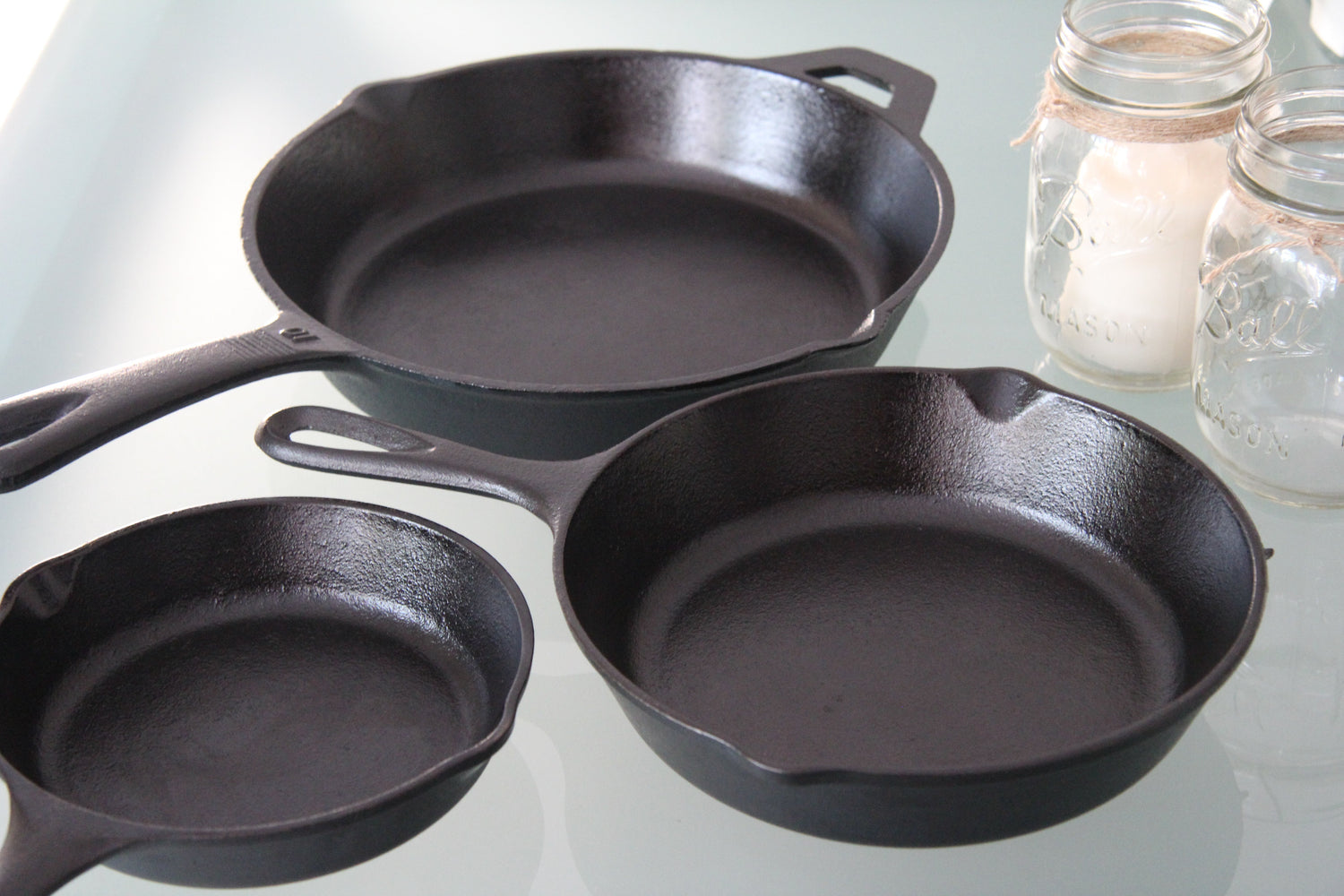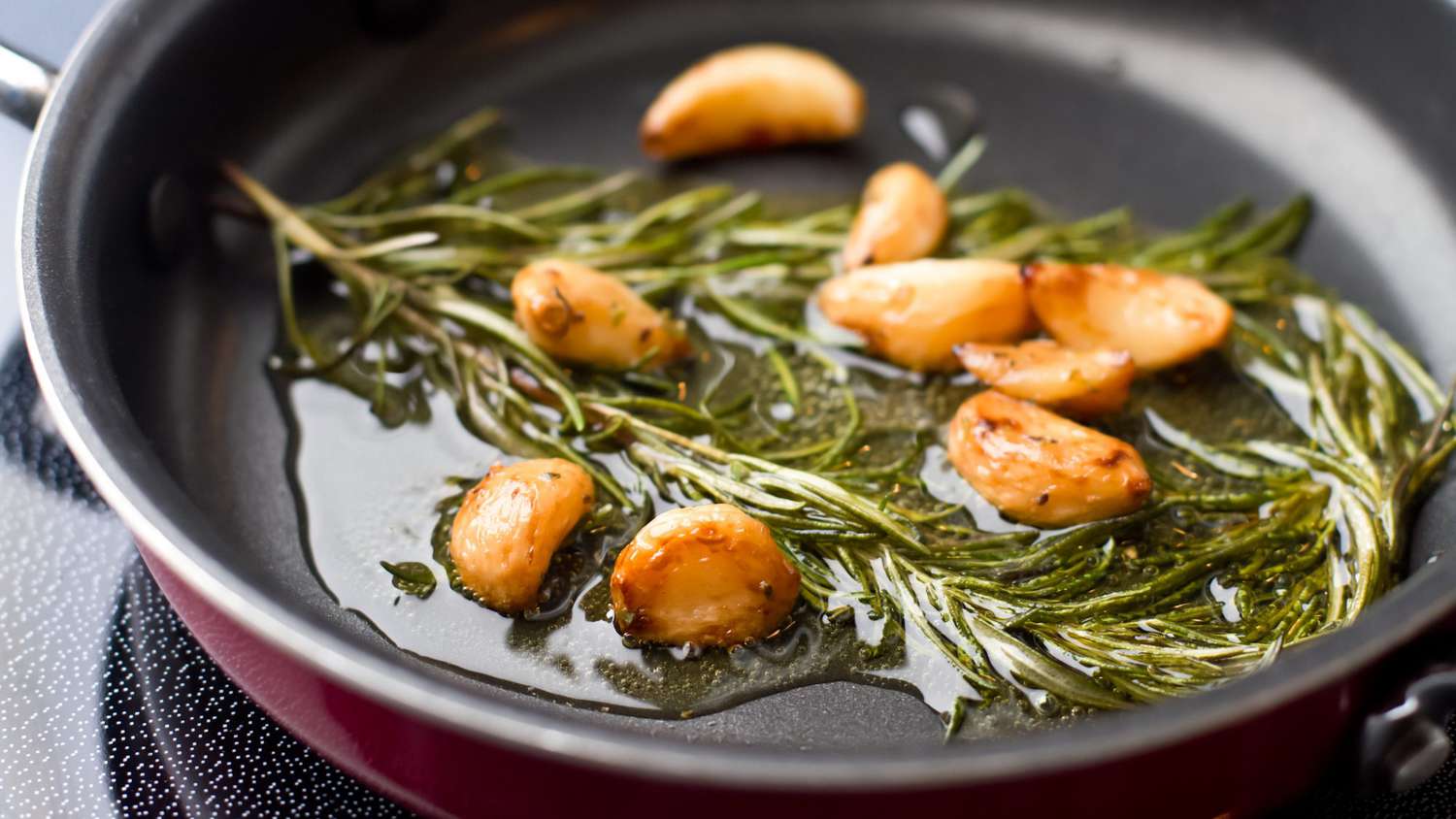For culinary professionals, the question of why do you season cast iron is paramount in achieving superior cooking outcomes. Seasoning cast iron is not merely a chore; its a critical process that elevates your cooking experience. This article dives into the essence of seasoning cast iron, exploring its necessity, methods, and benefits which can enhance your culinary skills.
When it comes to cast iron cookware, understanding the seasoning process is essential. In professional kitchens, a well-seasoned cast iron pan can serve as a remarkable ally, transforming basic recipes into tantalizing dishes. So, what exactly does it mean to season cast iron?
:max_bytes(150000):strip_icc():format(webp)/__opt__aboutcom__coeus__resources__content_migration__serious_eats__seriouseats.com__images__2016__09__20160817-cast-iron-pan-vicky-wasik-3-c56f176298784fef9e60f6cea198e0e4.jpg)
Why Seasoning is Essential for Cast Iron Cookware
Seasoning is the process of applying a layer of fat to the surface of the cast iron, which is then heated to create a non-stick coating. This protective layer prevents rust formation and provides a natural non-stick surface for cooking.
- Preventing Rust: One of the primary reasons is to prevent rust. Cast iron is prone to oxidation when exposed to moisture.
- Non-Stick Surface: A well-seasoned pan allows food to release easily, making cooking and cleanup a breeze.
- Flavor Enhancement: Seasoned cast iron can enhance the flavor of food, offering that characteristic depth.
How to Season Your Cast Iron
To properly season cast iron, follow these essential steps:
- Preheat your oven to a high temperature (around 450F).
- Clean your cast iron with warm, soapy water and a stiff brush.
- Dry thoroughly to prevent moisture from causing rust.
- Apply a thin layer of oil (flaxseed, vegetable, or canola) to the inside and outside surfaces.
- Place the cookware upside down on the oven rack (to catch drips) and bake for about an hour.
- Let it cool to room temperature before using it.
For tips on the specific temperature for seasoning with different oils such as avocado or canola, refer to expert resources.
Common Mistakes While Seasoning Cast Iron
Even experienced chefs can make mistakes in the seasoning process. Here are the common pitfalls to avoid:
- Applying too much oil can lead to a sticky surface.
- Not cleaning properly before seasoning allows residual food particles to degrade the seasoning layer.
- Skipping the preheating step can prevent the oil from bonding effectively to the cookware.

Frequently Asked Questions
What type of oil is best for seasoning?
The best oils to use for seasoning include flaxseed oil, grapeseed oil, and vegetable oil due to their high smoke points.
How often should I season my cast iron cookware?
It is recommended to season your cast iron cookware every few months or after heavy use to maintain its non-stick surface.
Can I cook acidic foods in a cast iron pan?
While it's possible, cooking acidic foods like tomatoes in a cast iron pan can deteriorate the seasoning. If you do so, be sure to re-season afterward.
For further insight on how to season your cast iron cookware, check external sources like Serious Eats which provides excellent guidance.
With this knowledge, you have the tools to not only maintain your cast iron cookware but also elevate every dish you create. Remember that a well-seasoned cast iron pan is a kitchen professional's best friend, promising both durability and culinary excellence.
This article contains affiliate links. We may earn a commission at no extra cost to you.






Leave a comment
This site is protected by hCaptcha and the hCaptcha Privacy Policy and Terms of Service apply.